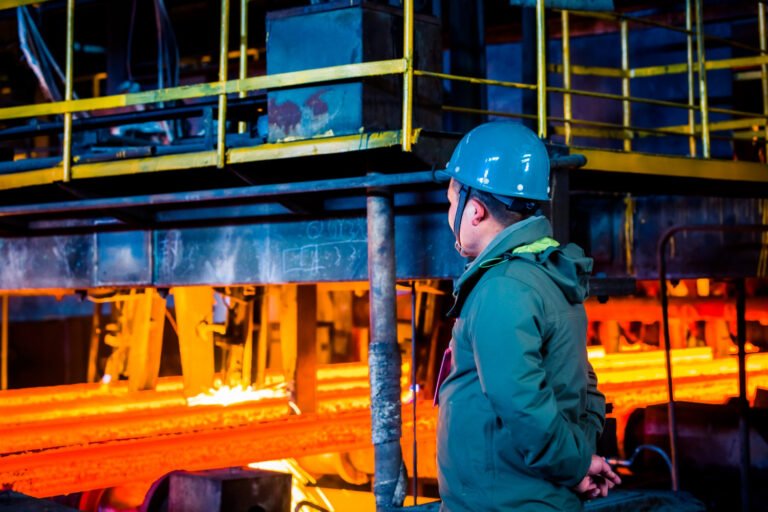Demystifying In-situ Replication Metallography & Replica Testing
In-situ replication metallography and replica testing are two of the most important methods used to study materials because they give us the most detailed information about their qualities and how well they work. These methods are very important for knowing how materials behave, finding flaws, and making sure quality control in many fields.
Using the right medium, in-situ replication metallography makes a copy or print of the surface of a material. This copy exactly copies the surface traits of the original, which lets scientists study its microstructure in great detail. This method works because the copy exactly matches the object being studied in terms of its surface topography and microstructural features.
Replica testing takes the idea of imitation a step further by looking at the surface of a material for flaws, wear patterns, or other traits. Putting a thin layer of replication medium on top of the material, waiting for it to harden, and then slowly peeling it off to make a copy is the process. Then, different methods can be used to look at this copy and learn more about the state of the material.
In-situ replication metallography and duplicate testing can be used for many things. In the aerospace business, these methods are used to check the quality of the materials used to make aeroplane parts, which makes sure they are safe and reliable. In the automotive business, they are used to figure out why parts fail and make materials for vehicles work better. In the field of forensic engineering, these techniques help figure out why things break down, which is important proof in court cases.
One great thing about in-situ copy metallography and replica testing is that they don’t damage the material being tested. These techniques let you look at the surfaces of materials without changing their properties, unlike some other testing methods that might hurt the material being looked at. Because of this, they are perfect for checking the quality of important parts without damaging them.
In conclusion, copy testing and in-situ replication metallography are important tools for analysing materials. They are very important for making sure that materials work well and reliably in many different situations because they can precisely copy the surfaces of materials. This gives us useful information about the traits and behaviour of materials.








